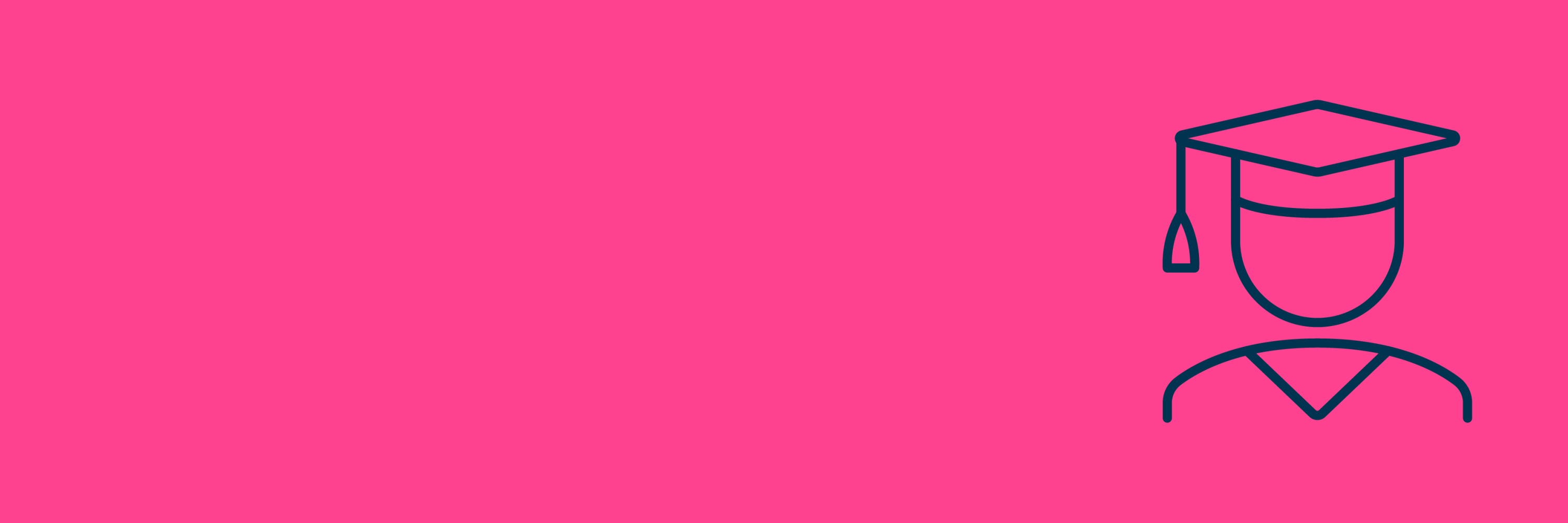
Welcome to DCU's Universal Design in Education (UDE). This section serves as a respository for staff and student resources, as well as videos and news on the latest in UDE in DCU.
The Higher Education Authority Path 4 Phase 1 initiative was established to advance the Universal Design framework in third-level education. DCU's Disability & Learning Support Service was successful in securing funding as part of this initiative and we intend to build on the extensive resources created by the Teaching Enhancement Unit on Universal Design for Learning by widening the scope to include all aspects of the student experience in DCU.
Library LETS Online Tutorial
Opening title: UDL: Accessing and Interacting with Information. Library LETS Online Tutorial with Lisa Callaghan, Information and Digital Literacy Coordinator, DCU Library.
On entering university students often don't recognise the need for highly developed information literacy skills.
These include finding quality information and how to critically evaluate, manage and use that information effectively. These skills are critical to academic success and in helping students to become critical thinkers and independent learners.
An online tutorial was developed to address this challenge. LETS is the library's online information literacy tutorial. It's hosted on Loop and aimed at first year undergraduate students, but it's available to all students.
It's really important to us LETS is accessible to all learners. To achieve this, we've incorporated many UDL features.
UDL graphic: Multiple means of representation. Recognition networks. The ‘what’ of learning.
For example, the tutorial contains a mixture of text and videos, and all our videos are fully captioned.
UDL graphic: Multiple means of engagement. Affective networks. The ‘Why’ of learning.
Learning outcomes are outlined at the start of each unit. The tutorial is self-paced, so it really offers a flexible approach to learning, with self-check learning opportunities throughout to promote engagement.
The built in Loop Progress Bar is used so students can track their progress. As a reward or incentive, students receive a certificate upon completion.
Building UDL elements into the tutorial has really extended the reach and it's made it more inclusive. We've seen an increase in the number of students completing all ten units, not just accessing specific elements.
Students find the mix of content such as text, videos, interactive elements, really helpful. The tutorial has also been shared with other institutions who are adapting it for local use.
Offering choice in assessment
Opening title: UDL: Feedback and Assessment. Offering choice in assessment with Assistant Professor Michael Flannery, DCU School of Arts, Education and Movement.
Rigid assessments that only allow students to express their learning in one way do not cater for the diversity of learning styles and abilities in our classrooms. I addressed this challenge in my module by offering students choice in how they demonstrate their learning.
I teach a module titled ‘Creative Teaching and Subject Leadership’ in year four of the Bachelor of Education Degree. Students are asked to create and curate a personal art project that explores one of three themes.
UDL Graphic: Multiple means of action and expression. Strategic networks. The how of learning.
By using multiple means of action and expression, students have complete agency regarding what media techniques and processes they wish to use to self express, such as drawing, painting, print, clay, fabric and fiber, construction or digital arts.
UDL Graphic: Multiple means of engagement. Affective networks. The ‘Why’ of learning
The implementation of UDL has also fostered co-learning between our students. They seek and share resources from each other, encourage and compliment each other’s progress and question and critique each other's work.
I think applying UDL principles has helped me to become more inclusive in the classroom.
The principles have given my students more agency and autonomy regarding how they wish to self-express and self-determine what they want to learn and how they learn.
Universal Design is, the design and composition of an environment so that it can be accessed, understood and used to the greatest extent possible by all people regardless of their age, size, ability or disability (NDA). Within the educational context, universal design straddles four pillars:
- teaching and learning
- student supports and services
- physical campus and the built environment
- information technology systems and structures
The project aims to:
- A. Collate current best practices in DCU around the area of universal design and display this information on a central DCU webpage
- B. Identify gaps and initiatives where we could make improvements in the areas of teaching and learning, student supports and services, and student awareness and understanding of universal design practices
If you would like any further information on the project or would like to highlight universal design practices currently embedded in your teaching/services, please contact Dr. Aoife McNicholl




